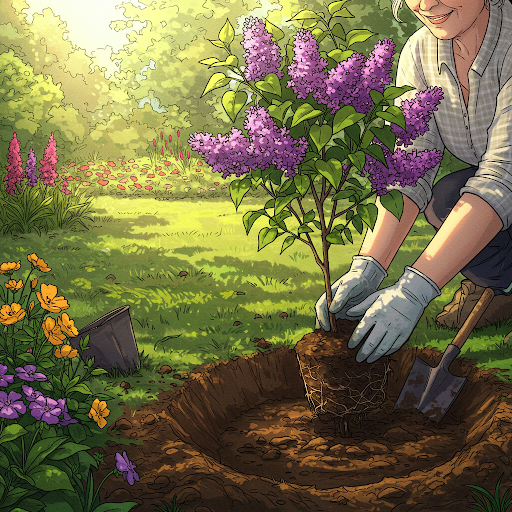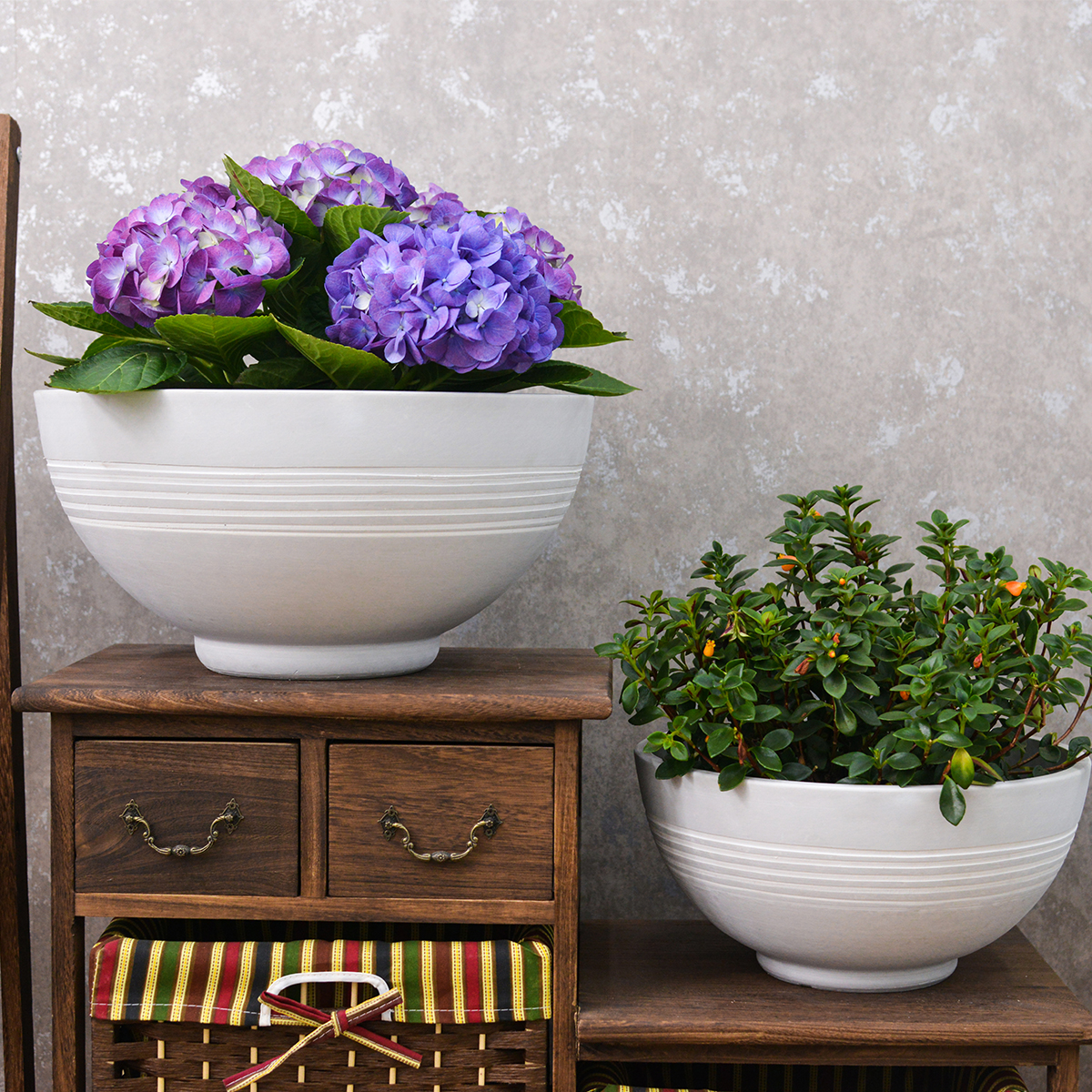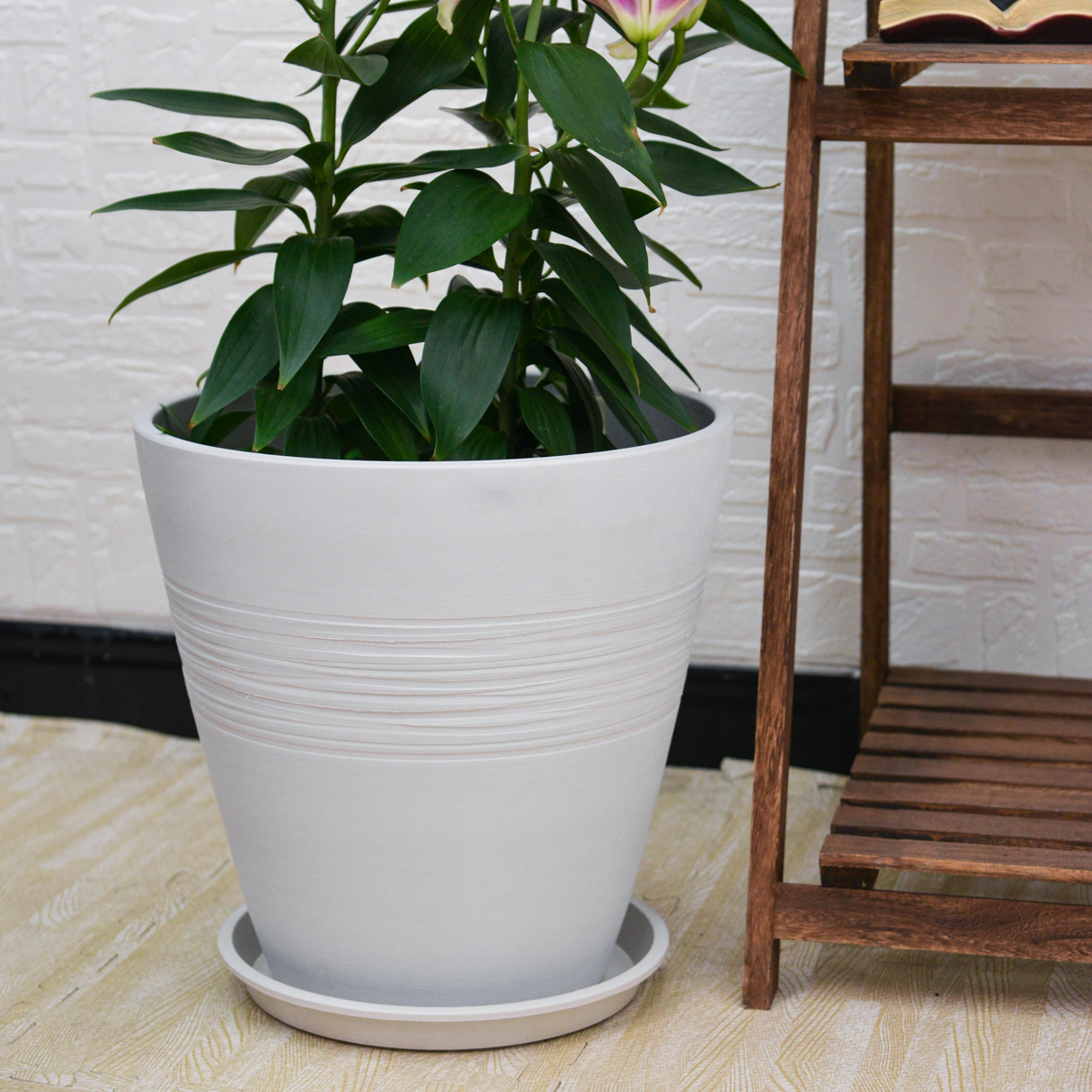Sweet Spring Scents: A Guide to Growing Lilac Trees in Your American Yard
There’s nothing quite like the intoxicating fragrance of a lilac tree in full bloom, heralding the arrival of spring in American gardens across the country. With their clusters of delicate, often purple flowers, lilacs are a beloved landscape addition, offering beauty and a sweet, unforgettable scent. Growing your own lilac tree can be a rewarding experience, and with the right care, you can enjoy their stunning display year after year. This guide will provide you with the essential steps to successfully grow lilac trees in your American yard.

Why Grow a Lilac Tree?
Lilac trees offer numerous benefits for American homeowners:
- Incredible Fragrance: The sweet, floral scent of lilac blooms is a hallmark of springtime.
- Beautiful Flowers: Their showy clusters of flowers come in various shades of purple, as well as white, pink, and even yellow.
- Relatively Low Maintenance: Once established, lilac trees are generally easy to care for.
- Attracts Pollinators: Bees and butterflies are drawn to the fragrant flowers.
- Versatile Use: Lilacs can be used as specimen trees, in borders, as informal hedges, or even cut for beautiful indoor bouquets.
Choosing the Right Lilac Variety for Your US Climate:
While the common lilac (Syringa vulgaris) is perhaps the most well-known, there are many other lilac varieties that thrive in different regions of the United States. Consider these popular options:
- Common Lilac (Syringa vulgaris): This classic variety comes in numerous cultivars with single or double flowers in various shades of purple, white, pink, and even bi-colors. Popular cultivars include ‘President Lincoln’ (blue), ‘Mme Lemoine’ (white), and ‘Krasavitsa Moskvy’ (pinkish-white).
- Littleleaf Lilac (Syringa pubescens ssp. microphylla): These smaller lilacs are well-suited for smaller gardens and offer a more delicate appearance. ‘Miss Kim’ is a popular variety with fragrant, light purple flowers that bloom later in the season.
- Japanese Tree Lilac (Syringa reticulata): Unlike the shrub-like common lilac, this variety grows into a small tree with large clusters of creamy white flowers that bloom in early summer, extending the lilac season.
- Dwarf Lilacs: Varieties like the Bloomerang® series offer repeat blooming throughout the summer and are great for smaller spaces or even containers.
Planting Your Lilac Tree:
The best time to plant lilacs in most of the US is in the late fall before the ground freezes or in early spring after the ground has thawed. Choose a location that receives at least 6-8 hours of full sun per day. More sunlight means more blooms. Lilacs prefer slightly alkaline (pH 6.5 to 7.0), moist, well-drained soil that is rich in organic matter.
- Dig the Hole: Dig a hole that is twice as wide and just as deep as the lilac’s root ball.
- Improve the Soil: If your soil is heavy clay or very sandy, amend it with compost to improve drainage and fertility.
- Plant the Tree: Gently remove the lilac from its container and place it in the center of the hole. Make sure the top of the root ball is level with the surrounding soil.
- Backfill and Water: Fill the hole with the amended soil, gently firming it around the base of the plant. Water thoroughly.
- Mulch: Apply a 2-3 inch layer of mulch around the base of the tree to help retain moisture, suppress weeds, and regulate soil temperature. Keep the mulch a few inches away from the trunk.

Caring for Your Lilac Tree:
- Watering: Water regularly, especially during the first few growing seasons and during dry spells. Once established, lilacs are relatively drought-tolerant but will appreciate occasional watering.
- Fertilizing: Lilacs generally don’t need heavy fertilization. However, if your soil is poor, you can apply a balanced fertilizer in early spring. Avoid over-fertilizing with nitrogen, which can promote leafy growth at the expense of flowers.
- Pruning: Pruning is essential for maintaining the shape and encouraging abundant blooms. Prune lilacs in late spring or early summer, right after they finish flowering. Remove any dead, damaged, or crossing branches. You can also remove some of the older, thicker stems at the base to encourage new growth. Deadheading spent flower clusters can also improve the plant’s appearance but is not strictly necessary.
- Sunlight: Ensure your lilac tree receives at least 6-8 hours of direct sunlight daily for optimal flowering.
- Soil pH: Monitor your soil pH periodically. If it’s too acidic (below 6.5), you may need to amend it with lime.
Common Lilac Tree Problems:
While generally hardy, lilacs can occasionally encounter some issues:
- Powdery Mildew: This fungal disease can cause a white, powdery coating on the leaves, especially in humid conditions. Improve air circulation by pruning and ensure adequate sunlight.
- Lack of Blooms: The most common reason for lilacs not flowering is insufficient sunlight. Ensure your tree is getting enough sun. Over-fertilizing with nitrogen or improper pruning can also inhibit flowering.
- Lilac Borers: These pests can tunnel into the stems, causing wilting and dieback. Remove and destroy affected branches.
- Scale: These small insects can attach themselves to the stems and leaves. Horticultural oil can be used to control infestations.
Enjoying the Beauty and Fragrance:
With proper planting and care, your lilac tree will reward you with years of beautiful spring blooms and delightful fragrance. Whether you enjoy them from your garden or bring cuttings indoors to fill your home with their sweet scent, lilacs are a truly cherished part of the American landscape.
20T
By greenship|2024-08-13T06:42:22+00:00August 13, 2024|Categories: Hand-carving Series|
KC3-14A
By greenship|2024-08-16T06:26:30+00:00August 16, 2024|Categories: Hand-carving Series|
Planter 6 in W / 8 in W / 12 in W Indoor or Outdoor Plants, Modern Decorative Plant Pots with Drainage Hole, Decorative Flower Pots
By greenship-seo|2025-02-06T13:43:53+00:00January 16, 2025|Categories: Hand-carving Series|Tags: Decorative Flower Pots|
KC3-09k
By greenship|2024-08-16T06:24:36+00:00August 16, 2024|Categories: Hand-carving Series|
KC2-GS
By greenship|2024-08-16T06:30:21+00:00August 16, 2024|Categories: Hand-carving Series|
20VD
By greenship|2024-08-13T06:43:41+00:00August 13, 2024|Categories: Hand-carving Series|






